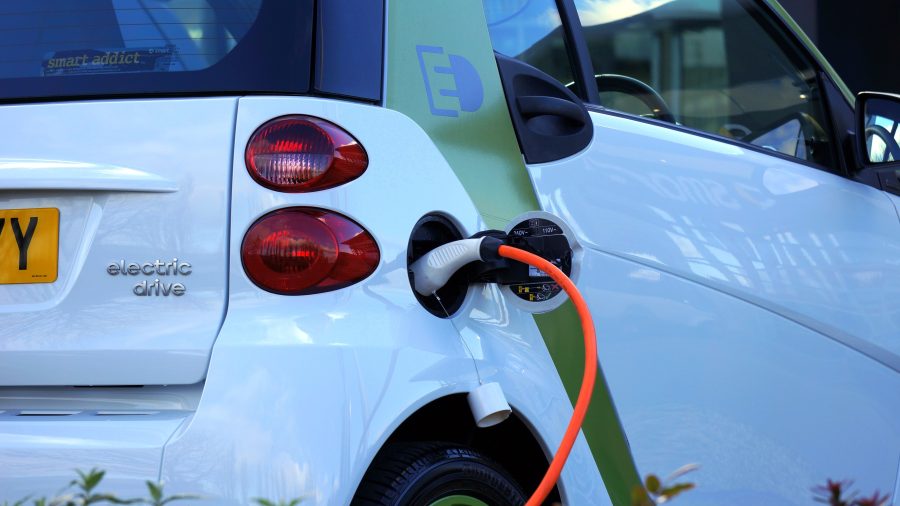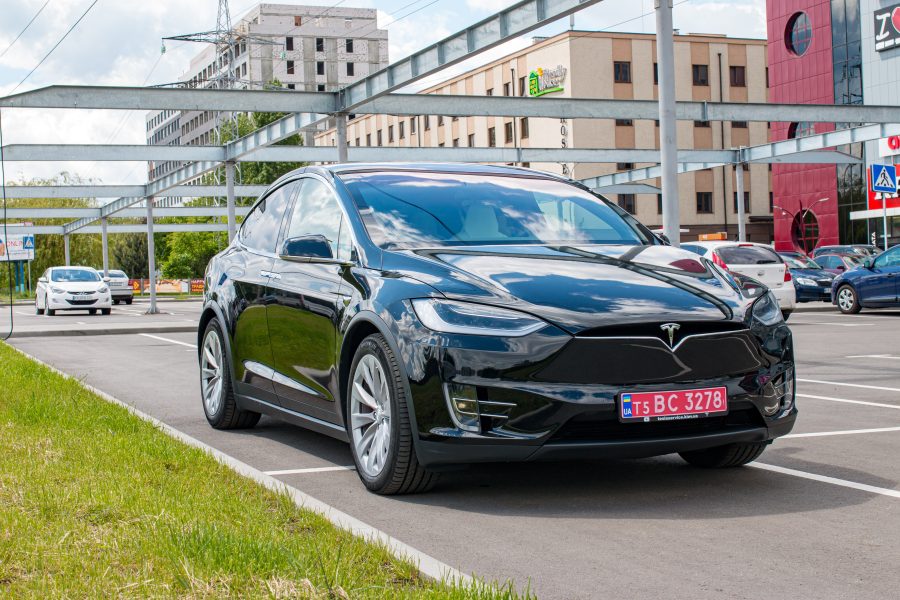Electric cars have become increasingly popular in recent years, offering a greener and more sustainable alternative to traditional gasoline-powered vehicles. But how exactly do electric cars work? Understanding the technology behind these vehicles can shed light on their environmental benefits and operational mechanisms.
At the heart of an electric car is its electric motor, which is powered by a large battery pack. This battery pack, commonly made of lithium-ion cells, stores the electrical energy needed to propel the vehicle. When the driver activates the car, the electric motor converts this stored energy into mechanical energy, allowing the car to move forward.

One prominent player in the electric car market is Tesla, known for its innovative and high-performance electric vehicles. Models like the Tesla Model Y and Tesla Model X have captivated consumers with their sleek design and impressive range. These vehicles utilize advanced battery technology and electric drivetrains to deliver a smooth and efficient driving experience.
The battery pack in a Tesla electric car is typically located under the vehicle's floor, providing stability and a low center of gravity. The Tesla Model Y, for example, offers an all-electric range of over 300 miles on a single charge, making it suitable for daily commuting and long-distance travel alike. The Model X, on the other hand, features falcon-wing doors and spacious seating for up to seven passengers, combining luxury with eco-friendly technology.
Charging an electric car is a crucial aspect of ownership. Tesla has established a network of Supercharger stations, strategically located along popular travel routes, where Tesla owners can quickly recharge their vehicles. These Superchargers utilize high-power charging technology, allowing for rapid charging and minimizing the time spent at the charging station.
Additionally, electric cars like those from Tesla often feature regenerative braking. This technology allows the car to recover energy during braking and deceleration, converting it back into electrical energy to recharge the battery. Regenerative braking improves the overall efficiency of the vehicle and contributes to extended driving range.
In conclusion, electric cars, including popular models like the Tesla Model Y and Tesla Model X, rely on advanced battery technology and electric drivetrains to operate. The battery pack stores the electrical energy that powers the electric motor, allowing the vehicle to move forward. Tesla's innovative approach to electric vehicle design has revolutionized the market, offering high-performance, long-range electric cars. With a growing network of charging stations, owning an electric car has become more convenient and accessible. As technology continues to advance, electric cars are poised to play a crucial role in reducing emissions and creating a more sustainable future for transportation.


